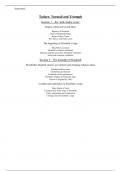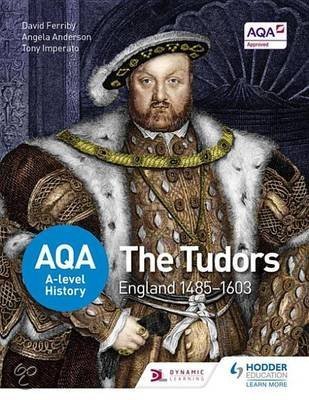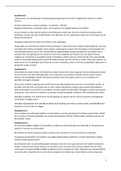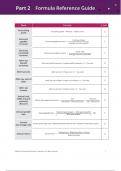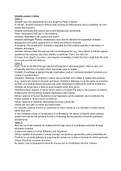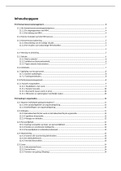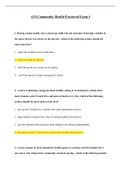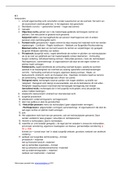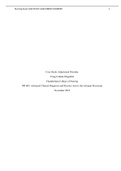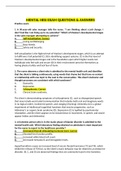Summary
Summary AQA A level history: Tudors Yr 2
This document covers all content from the 2nd year of the Tudors course, broken into easily manageable sections. It begins with the reign of Edward VI and ends with an assessment of Elizabeth's reign. It includes a massive amount of detail and would be easy to make flashcards / essay questions off...
[Show more]
